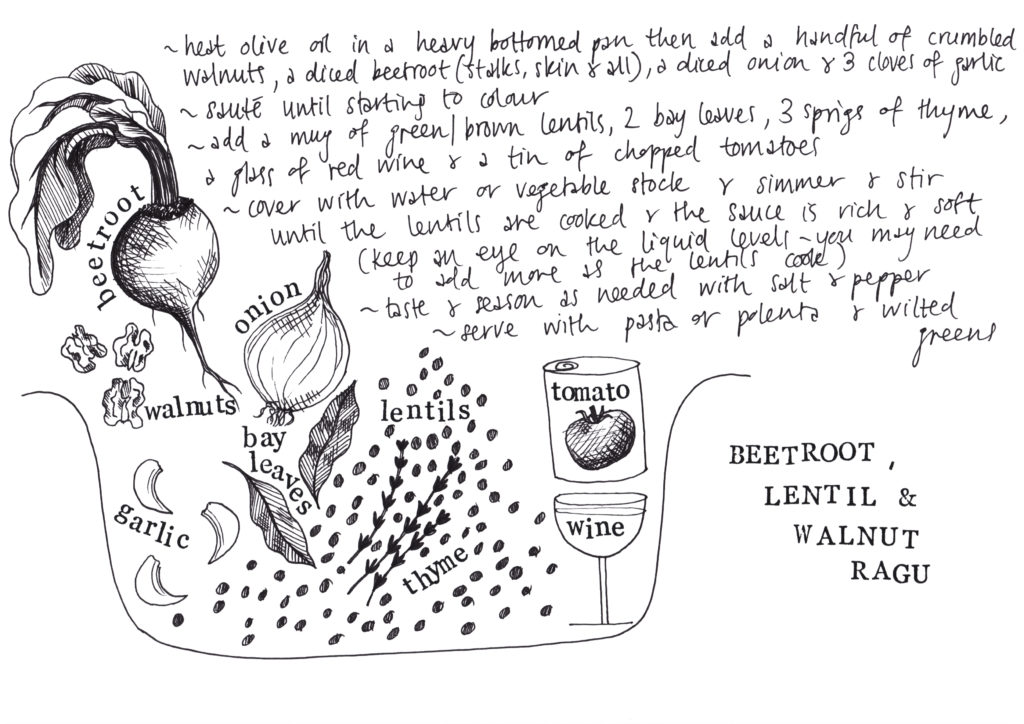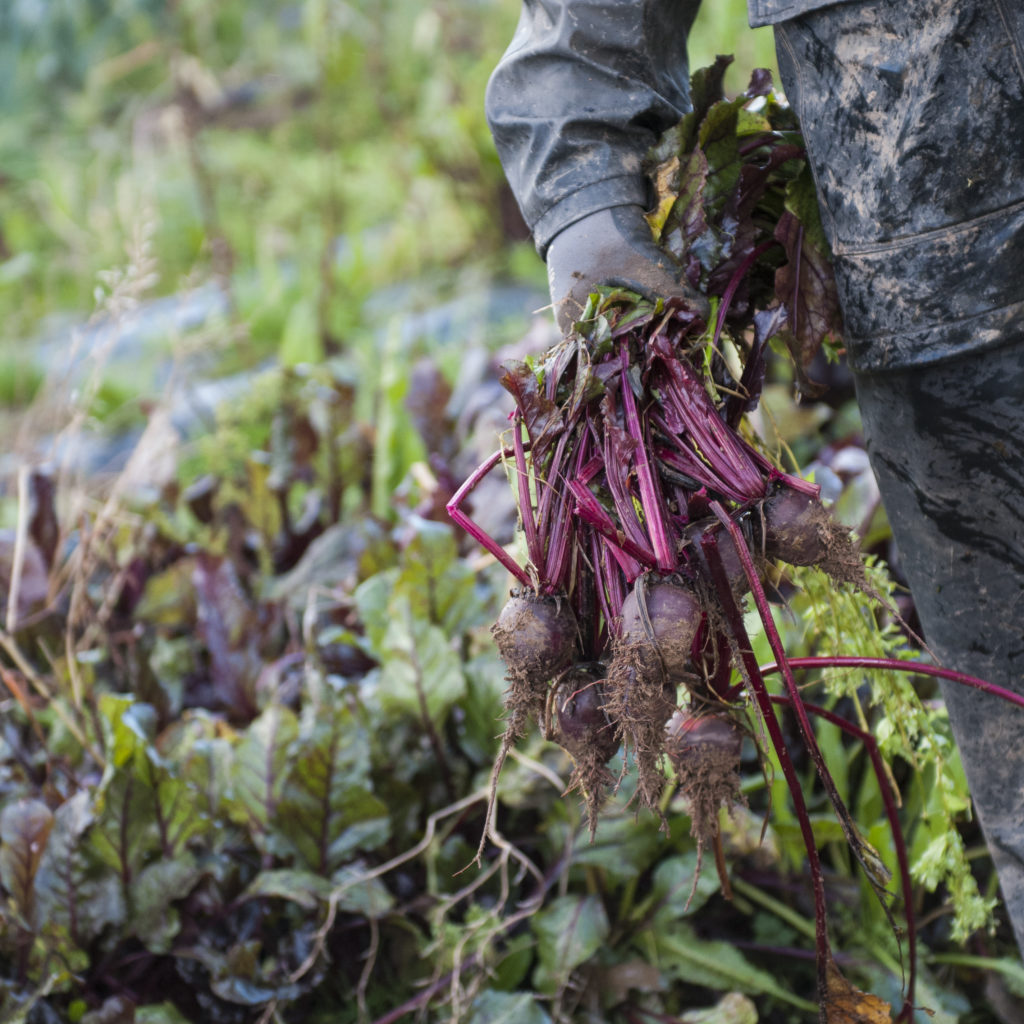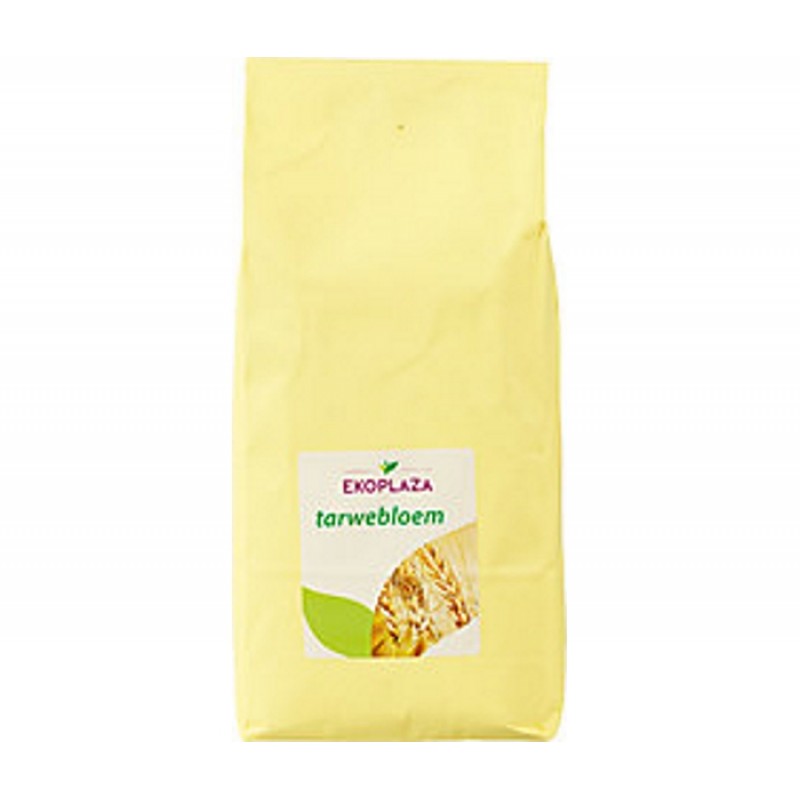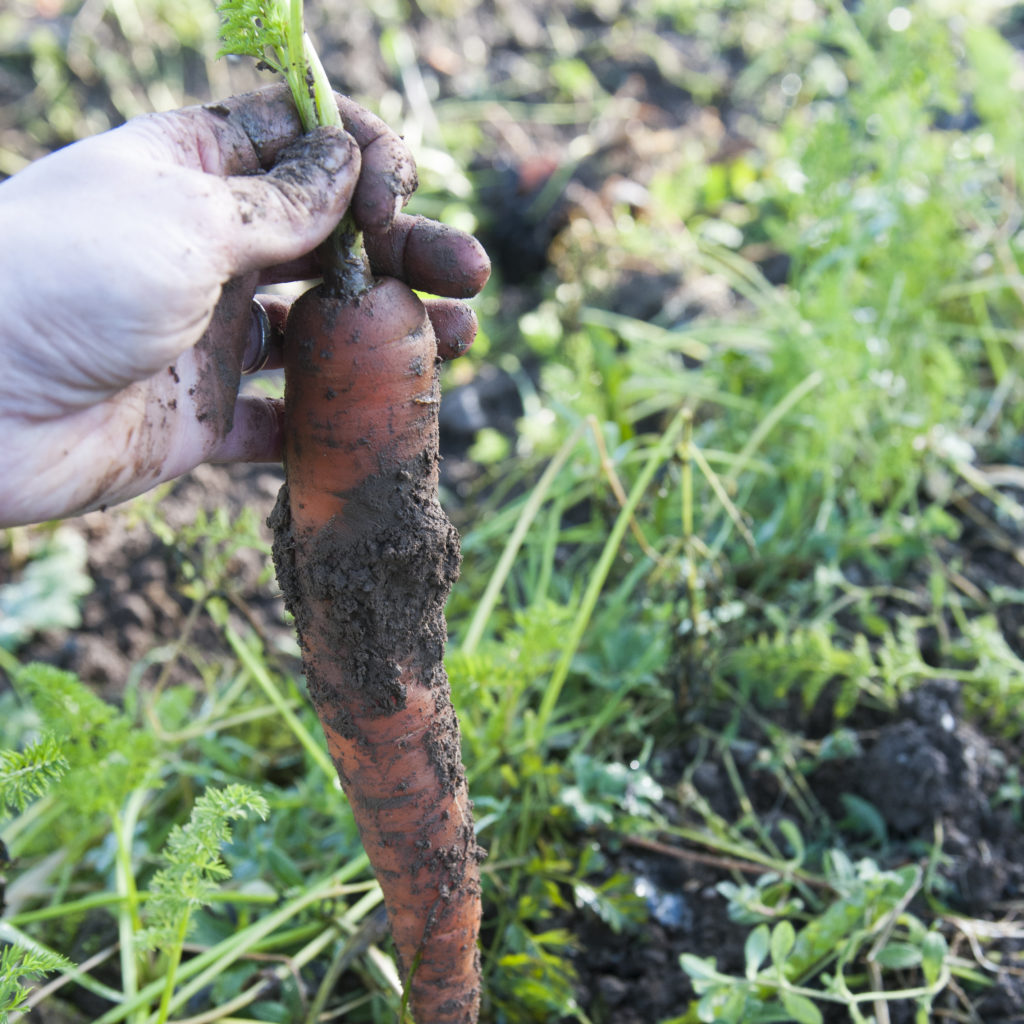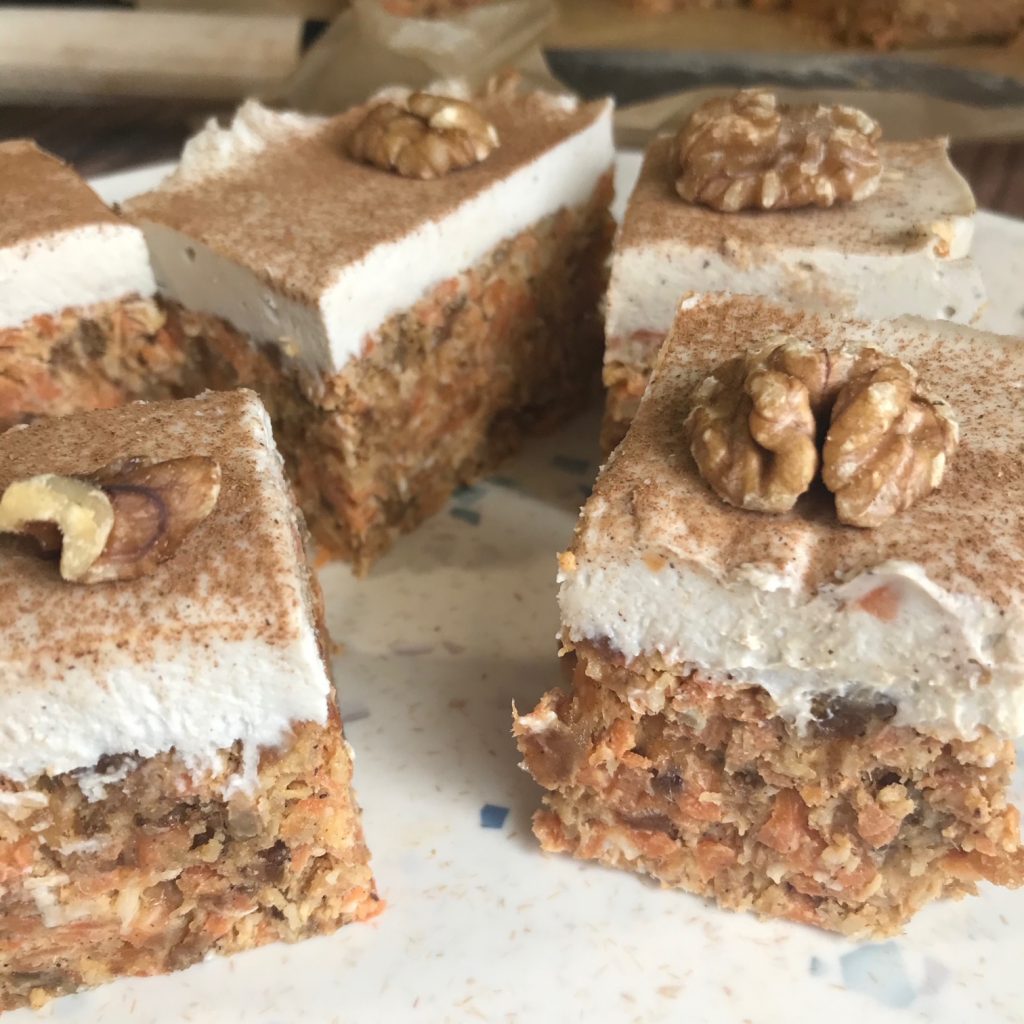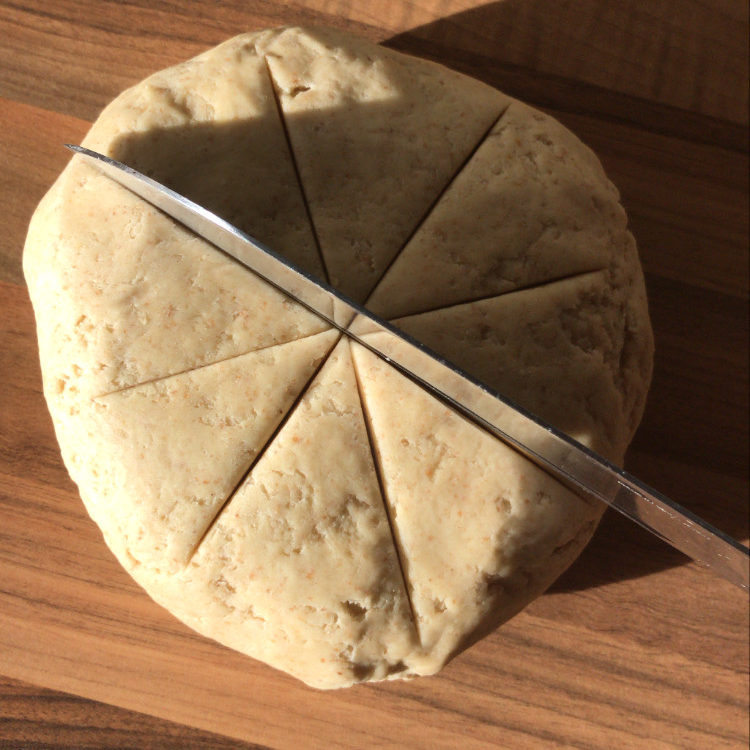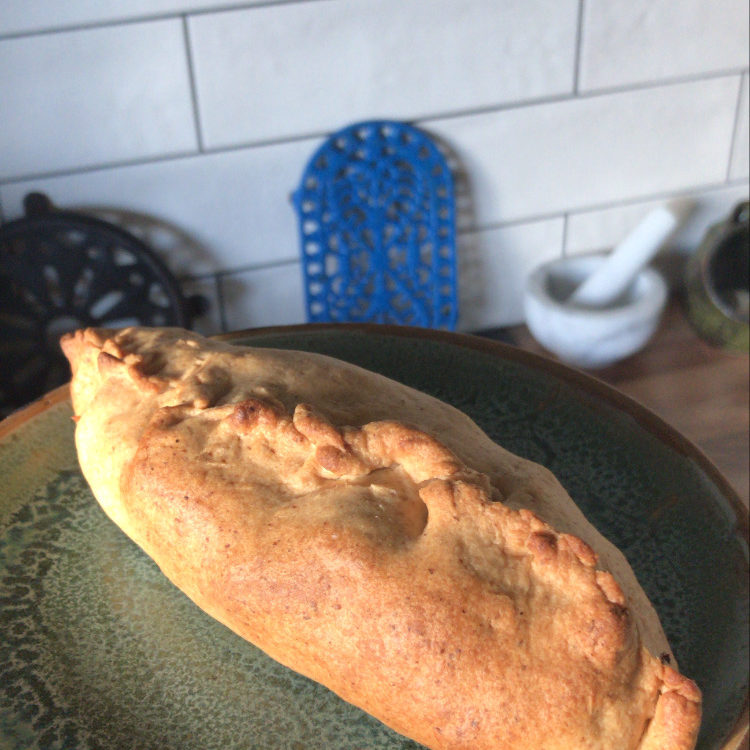“Cooking from scratch is the single most important thing we can do…to improve our health and general wellbeing.” – “Eat food, not too much, mostly plants.”
Michael Pollan
At Green Earth Organics, we are on a mission to help you Eat More Veg and Cook From Scratch. These two phrases are the cornerstones of good health, not just for us but for our planet too! Cutting down on processed food, ready meals and animal products and preparing and eating lots more whole, organic, fruit, veg, beans, nuts and grains is not only great for our health, it means less packaging, less harmful emissions from factories and animal farms and a lot less unhealthy, unnecessary ingredients.

With our modern, busy lifestyles, it can seem like too much effort to shop for groceries, fruit and veg and get into the kitchen and cook from scratch after a long day at work. It is easy to just take something out of the freezer and microwave it or pop it in the oven. But you owe it to yourselves to cook from scratch. You are worthy of home cooked, healthy food and it will positively impact the rest of your life. It doesn’t have to be complicated to be delicious and satisfying.
So as well as making it easy for you to get the good stuff straight to your door with our weekly veg box subscriptions, we are starting a new weekly series called ‘4 Ways With…’ This series will showcase a seasonal vegetable or other ingredient and demonstrate four simple ways to prepare or cook it. We want to inspire you and give you the confidence to get into the kitchen and whip up a simple but satisfying meal. Follow us on Instagram or subscribe to our YouTube channel to watch the videos each week. Please feel free to comment and share your favourite seasonal recipes with us and the rest of our community. We love to see what you make from our weekly boxes. Liz x

4 Ways With Cauliflower
First up is the humble, but every versatile, cauliflower. Cauliflower has had one of the biggest ‘glow ups’ of all vegetables over the last 10 years. Once simply boiled and relegated to the side of the plate, cauliflower is now the captain of the vegetable patch! Roast it covered in Middle Eastern spices, blitz it into a rice or cous cous alternative, turn it into steaks, batter and deep fry it and transform it into a fried chicken substitute, even use it as a gluten free pizza base! If you’ve got a need for a vegetable to pretend to be something it’s not, cauliflower is your man. And it is delicious. Cauliflower is a bit of a blank canvas and is very good as a vehicle for delicious herbs and spices. It is absolutely fantastic in a curry or to top my baked biryani. Here are just 4 of the many ways I use cauliflower regularly. Vegan Cauliflower Cheese, Winter Tabbouleh, Spicy Roast Cauliflower and Chickpea Salad and Curried Cauliflower Fritters. What is your favourite cauliflower recipe? Let us know below or over on our healthy eating facebook group. Liz x
The recipes shown in the video above are just quick ideas and inspiration for dishes you can create with a cauliflower from your veg box. Below are the same recipes with amounts adjusted for a whole cauliflower in each recipe.
Vegan Cauliflower Cheese (serves 4-6 as a side for a roast)

- 150g plain flour (gluten free plain flour works too)
- 20g nutritional yeast
- 1 tbsp dijon mustard
- 1/2 tsp ground nutmeg
- 1 litre oat milk (or any plant based milk you prefer)
- salt and pepper to taste
- 1 cauliflower
- 3 tbsp olive oil
Preheat your oven to 200C. Find a large baking dish which will accommodate a whole cauliflower.
Rinse and quarter the cauliflower and break it into florets. Put them in the roasting dish. Add the sliced leaves and cores too.
Drizzle over the olive oil and season the cauliflower with salt and pepper. Mix well to spread the seasoning evenly. Then pop the dish in the oven to roast the cauliflower for 20 minutes.
While the cauliflower is roasting, prepare your vegan béchamel.
Simply whisk together the flour, nutritional yeast, nutmeg, mustard and oat milk. Add a big pinch of salt and some freshly ground black pepper.
Give it another which and pour the uncooked béchamel over the now roasted cauliflower. Return the dish to the oven to cook for a further 15 minutes or until golden and bubbling.
OPTIONAL EXTRAS: you could add a crunchy topping to your cauliflower cheese before you return it to the oven. I like to roughly blend extra proportions of pumpkin seeds and nutritional yeast. You could also use breadcrumbs.
Winter Tabbouleh (serves 6)

- 1 cauliflower
- 8 large kale leaves (or use lots of fresh parsley or a mix of the two)
- 1 red onion (or 4 spring onions)
- 10 sun-dried tomatoes in oil (plus 4 tbsp of the oil)
- 1 lemon
- 1 clove of garlic
- salt and pepper to taste
- option extras like chopped walnuts, z’atar or dukka
Grate a rinsed cauliflower into a large bowl. You should end up with a rice/bulgar wheat like grain substitute.
Rinse the kale, remove the tough stems and very finely chop the leaves. Add to the bowl of cauliflower.
Finely dice the red onion (or slice the spring onion) and add it to the bowl.
Slice the sun-dried tomatoes and add to the bowl then make the simple dressing.
Mix the juice of the mon with a small crushed clove of garlic, and 4 or so tbsp of oil from the jar of sun-dried tomatoes. Season with salt and pepper and mix the dressing through the tabbouleh.
Serve as part of a salad bowl with some hummus, roasted vegetables and bread or with a tagine-type stew. It’s very good with something crunchy and nutty/seedy on top too. Simply toasted, chopped walnuts or make a dukka (a mix of toasted nuts, sesame seeds, cumin and coriander seeds) or z’atar (a mix of toasted sesame seeds, dried thyme and ground sumac).
Spicy Roast Cauliflower & Chickpea Salad (serves 4-6)

- 1 cauliflower
- 2 tins of drained and rinsed chickpeas
- 4 red onions
- 4 tbsp olive oil
- salt and pepper
- about 6 tbsp of ready made chilli sauce like harissa or sriracha or a mix of your own favourite spices (eg 1 tsp chilli flakes, 1 tbsp cumin seeds, 1 tbsp ground coriander, 1 tbsp smoked paprika and 2 tbsp maple syrup)
Pre-heat the oven to 200C and prepare a large roasting dish.
Rinse and chop the cauliflower (leaves, core and all), peel and slice the onions into thick wedges and drain and rinse the chickpeas.
Put them all into the roasting dish and drizzle over the olive oil. Season well with salt and pepper and add the chilli sauce or your own mix of spices.
Mix well and roast in the oven until the cauliflower is lightly charred and cooked through – around half an hour or so.
Serve warm with salad leaves and a cooling hummus or yoghurt and tahini dip or allow it to cool and keep in the fridge for 4 days for quick salad lunches.
Curried Cauliflower Fritters (makes 12-16 fritters)

- 1 cauliflower
- 1 mug of gram flour
- 1 tsp each of cumin seeds, brown mustard seeds, chilli flakes, turmeric, salt…some freshly ground black pepper and about 15 fresh curry leaves if you have them
- vegetable oil for frying
Start with the gram flour batter. Mix the gram flour and spices with a mug of water.
Chop the cauliflower (leaves, core and florets) into small, pea sized pieces and mix it into the gram flour batter. There should be enough gram flour batter to coat all the pieces. If your cauliflower is very large and the mixture seems dry just make a bit more of the batter.
Heat a frying pan to a medium heat with a generous slick of vegetable oil. Fry spoonfuls of the batter in batches and flip them over once golden brown underneath. Ensure the heat is not too high as if it is the fritters will burn on the outside and be raw in the middle. A medium heat allows the fritters to cook slowly all the way through.
Serve warm as a side to a curry or salad or as a sandwich or wrap filling. I like mine in a wrap with some spinach or lettuce leaves, yoghurt and mango chutney.
Leftover mixture will keep well in the fridge in an airtight box for three days.










